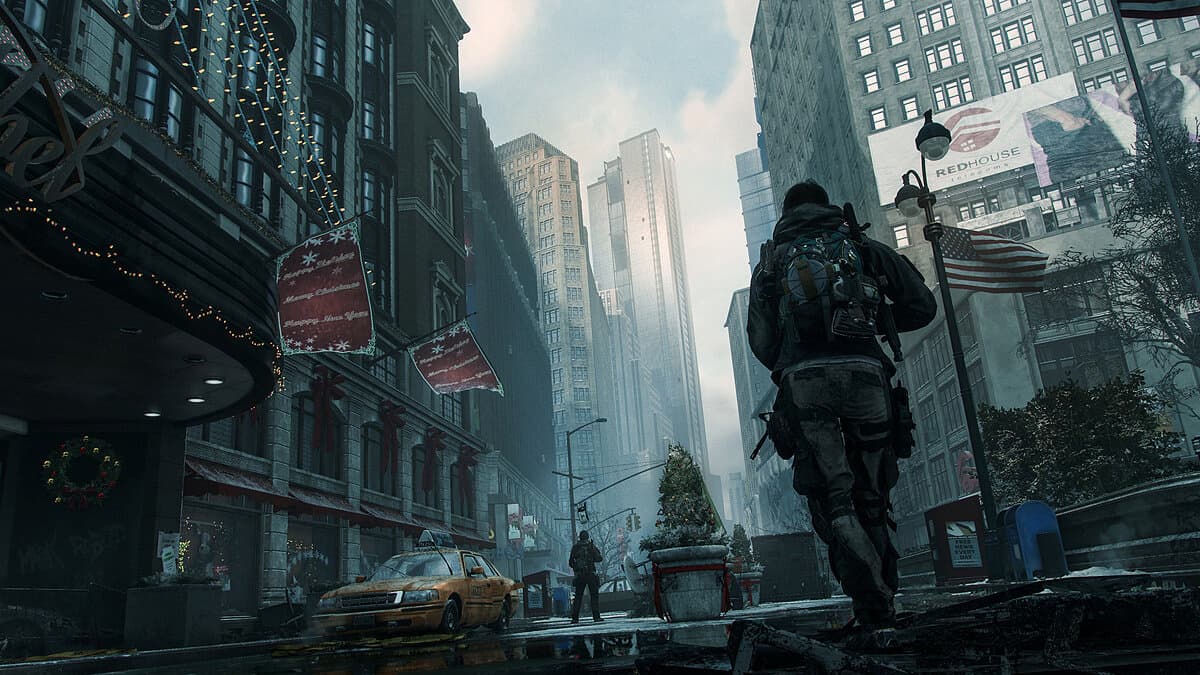
A week ago, in an interview with GamesIndustry.biz, Ubisoft CEO Yves Guillemot said that his company is not interested in creating small games in the open world with a total of 15 hours. The future is in giant sandboxes like Odyssey.
Speaking to reporters, Guimo explained that Ubisoft’s goal is for each purchaser of a notional Assassin’s Creed to experience as many adventures inside the game as they can carry.
“Our goal is to provide Unity gamers inside Odyssey,” Guimo said when asked if Ubisoft was going to develop small adventures. “You live in the world of the game and pursue the goals you want to achieve. You get a lot of Unity-inspired adventures.”
Of course, the CEO did not ignore the payback of giant games. Contrary to the opinion of some (mainly Russian-speaking) critics, the company’s products are selling well and the user base is constantly growing, which allows Ubisoft to make a profit in the long term. Longer project life cycle – more money. And also – the possibility of additional income through microtransactions. According to Guimo, the sums from the sale of loot boxes go to a good cause, namely the support of the user base, feeding it with updates.
“Our teams don’t stop after the game comes out. We have a large number of employees who continue to create content for gamers to stay in their beloved universes,” the Ubisoft executive explained. “The fact that some players are still buying stuff in these games gives our teams the opportunity to continue creating additional content.”
Thus, in a few succinct sentences, Yves Guillemot outlined Ubisoft’s policy for at least the next few years. The company has several successful service games (Assassin’s Creed Odyssey, The Division 2, Ghost Recon Wildlands), and formerly traditional series like Far Cry are actively changing and adjusting to the wishes of the general public. If you remember, in Far Cry 5 the developers made a step away from the traditional formula, working since the second part, and this is – just think about it – the year 2008.
In Far Cry 5 the gamers were thrown out into the huge open world like blind kittens, without any backstory. The character of “Five” was not a nephew to the villain. He didn’t come to the island by mistake. He is an avatar, an adventure dummy whose only job is to involve you in what’s happening on the map. You want – crush animals with a car. Want – do quests (the sea of them), or clear outposts. The previous games in the series – no matter how full of self-replicating Far Cry 4, or even strange Far Cry: Primal – worked according to a different scheme. They made you explore yourself, craft items, open towers, complete story and secondary missions – in short, they remained a flesh-and-blood traditional action game.
Far Cry 5 and, to a greater extent, Far Cry New Dawn operate on the concept that Ubisoft’s creative director Serge Hascoet told Le Monde a few years ago, namely, allowing players to create their own story. Outside of story scripts. In this concept, the game acts as a moderator, a kind of game master. She rolls the dice, sets the conditions, but as they dispose of their own player decides. It is his adventure. Or stories, if you follow the logic of Ubisoft and some other modern publishers.
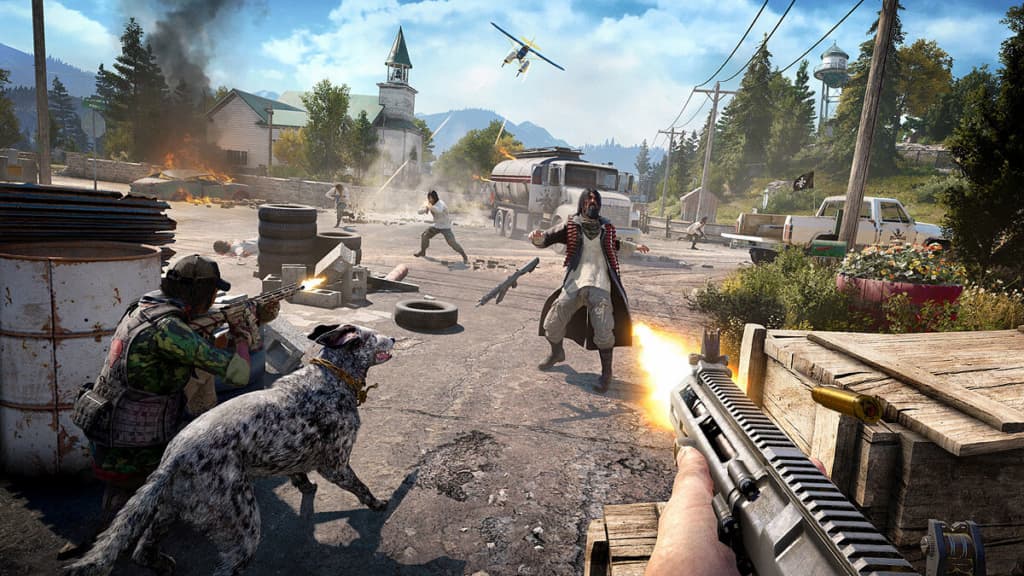
The fact that gamers (not all, but most) accepted the new rules so easily is not surprising. Leaving aside some of the features of game services (such as loot boxes), it turns out that there is little to get used to. Games that work under the scheme of constant content feeding have existed long before the mass internet, selling hats on Steam and gnomes sitting on the squares of MMORPGs with the inscription “Sell Yourself”.
A prime example of this approach is the Heroes of Might & Magic series, specifically its third and fourth parts. Developers and ordinary fans were constantly releasing addons, which added not only new maps, but also scenarios to the game. “Blade of Armageddon,” “Chronicles,” and “Whirlwinds of War” essentially replaced DLC in the modern sense of the term. And that’s just the tip of the iceberg. If you dig around, you can easily find another five projects to which you can cling the word “service” without hesitation.
Here at least Neverwinter Nights from Bioware. This RPG is entirely built on the activity of players who created the official editor for her so-called “modules. Modules not only extended the life of NN, but also created a huge community around it. Or The Elder Scrolls 3: Morrowind, which seems to be alive today thanks to the efforts of modders. Again, Diablo 2-3…
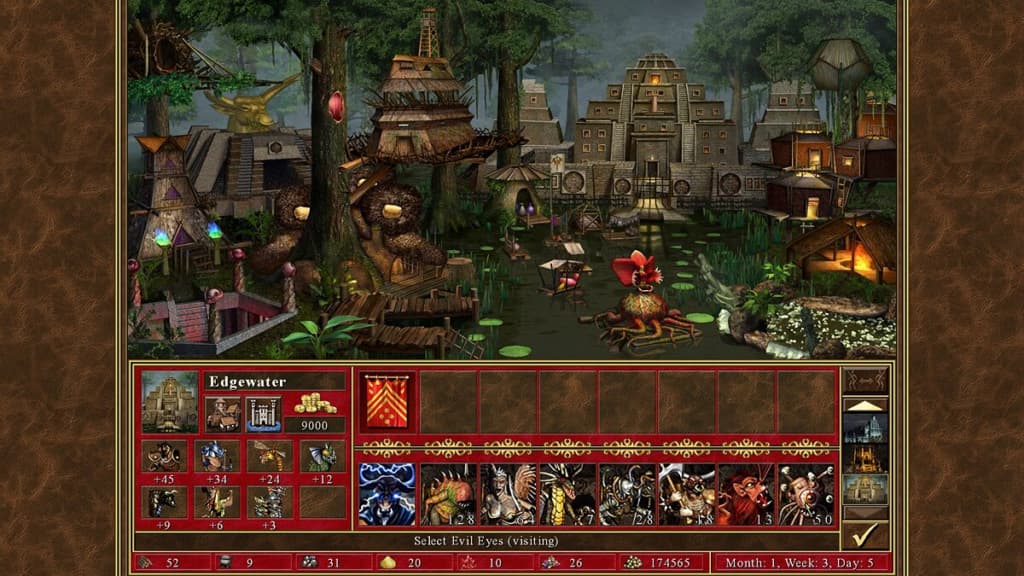
It’s important to understand that these games weren’t just services in terms of fueling content. They allowed gamers to build their own story – of course, within the conventions of the creators. For example, the author of these lines never passed Morrowind, although he lived in this part of the “Scrolls” for two years, studied the whole map and managed to be a vampire, an assassin, a thief and a mage.
And these are examples of when the quest with the “Blades” hangs at the level of “come to Balmora. Just read the thematic forums of those years or ask your friends who have ever been into role-playing games. The most interesting thing is that everyone surveyed will have their own story inside the conditional Morrowind or Neverwinter Nights. Someone will remember how he tried to find the cave on the information from the diary, the other – how he spent an hour collecting a special set of armor. The third – how to cast unique spells.
Game services, in fact, offer much the same, but at a technically more advanced level and – due to the low entry threshold – more accessible. They allow you to purchase new DLC with a click of the mouse, in which you will have even more adventures. Go deep into your favorite universe – just like in the olden days. In this regard, it is even strange that Guimo’s speech has caused such perplexity among the Russian-speaking gamers. Who better than them to look for a workaround in the Ore Valley, gather roots for the alchemist or lead a sheep through forests full of evil spirits. And that’s not to mention all sorts of MMORPGs ranging from World of Warcraft to Ultima Online and Lineage 2.
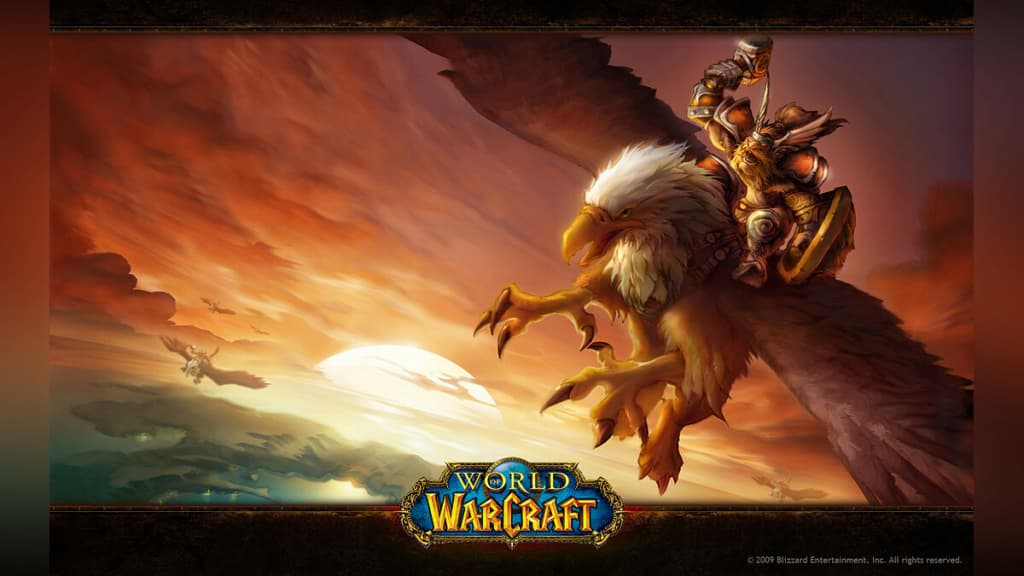
However, it would be a mistake to assume that the service games are entirely focused on the so-called “nerds. If this were true, their market share would remain at the minimum required to meet the demands of this category of players – relatively small in comparison to the industry as a whole.
In fact, the share of services is constantly growing. Why is this happening? In our opinion, it is due to the fact that the individual components of game services are suitable for a very diverse audience. In essence, we are dealing with a puff piece, with each part hitting a specific target. So who else are service games suitable for? Let’s list them one by one.

Generation Z: young guys and girls, who have replaced the classic millennials (aka generation Y). Often this category of gamers are not gamers at all. They can play one thing for years (PUBG, DOTA 2, WoW), have no interest in the industry and don’t even consider themselves fans of virtual entertainment. For them, games are a kind of social identity, working on the principle of “their own – alien. If you survive PUBG, you belong. No – well, you get the idea. For these people, games have no sacred meaning. They just don’t see them as something special. Something that outweighs traditional entertainment. Affordable and conventionally infinite service games are tight with this audience because they are the future.
Those who play occasionally: These are the people who don’t devote much time to video games. They’re not ready to learn the mechanics of the new Deus Ex, but they don’t mind running a match in FIFA from time to time, or a fight in the UFC. For them, service games are a breath of fresh air. An opportunity to try something new without bothering to study a well thought-out plot or too deep mechanics. Came home in the evening, shot rednecks in Far Cry 5 or mafiosi in Ghost Recon Wildlands and went to bed. By the way, these are the very people who buy cards in Electronic Arts’ Ultimate Team or pour money into loot boxes.

Those who are tired of mobile games: Of course, we are not talking about the audience of “three-in-a-row” projects. These are the people who are tired of the aggressive monetization of the mobile market and are looking for something new, but not too different from their usual entertainment. In this sense, game services are a great alternative. And also it is the second category of gamers who are ready to pay for boxes with loot. They are accustomed to it by the mobile market.
MMO fans who want something new: these people are looking towards game services that combine multiplayer and single-player campaign. For example, The Division 1-2, Destiny 1-2, Ghost Recon: Wildlands.
Mods: for them, digital entertainment is just a tribute to the times. They don’t take games seriously and are into them because everyone around them is talking about PUBG or Fortnite. Service games are a great candidate for purchase in this sense. Not only because of the specific gameplay, but also because of the hype they produce in the media space.
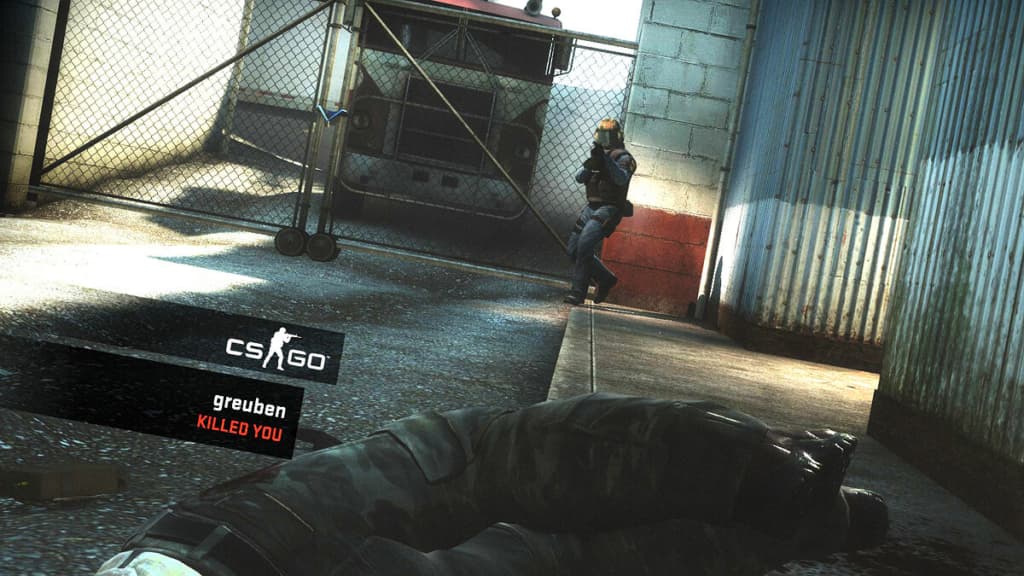
Thus, the popularity, the trend for games-services is just a consequence of working for the widest possible audience. Let’s be honest: the percentage of so-called hardcore gamers (those who are seriously into video games) is too small to cover the financial risks and bring profit to publishers and developers. The same cannot be said about those who are actively buying boxes in the new Far Cry or are right now making another run at The Division 2, buying players in FIFA 19, weapon skins in CS: GO or caps in Team Fortress 2.
With all that said, service games are not a genre at all (try comparing Diablo 3, The Division and some Call of Duty – nothing comes out). It’s about the very ideology of development. Publishers instead of art-house work of art as if offering customers a ticket to an amusement park with a dozen rides (activities) inside. And the players agree to these terms, because most of them do not need works of art at all.
That is why we should not be surprised by the growing popularity of service offerings from Ubisoft, EA, Activision or Bethesda. It’s simple: hardcore gamers are in the minority, and the majority vote with bells and whistles for theme parks because they fully satisfy their needs. Just as the majority go to blockbuster movies, ignoring the auteur cinema. The difference is that there is still a lot on the market right now to suit all tastes. What cannot be said, for example, about modern Hollywood. However, this is a whole other topic, which could be discussed endlessly.


